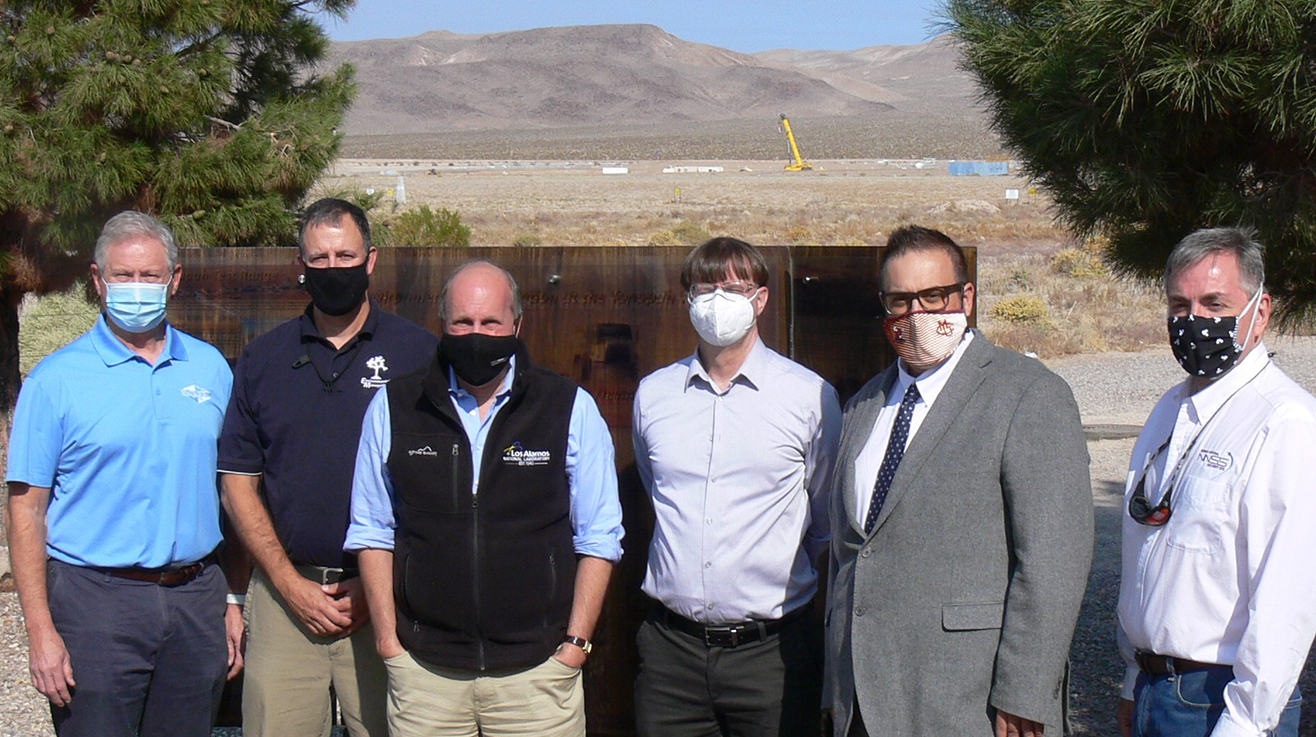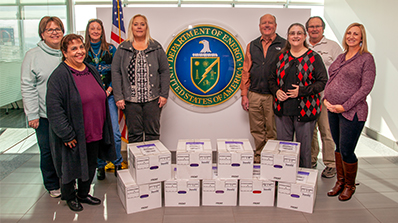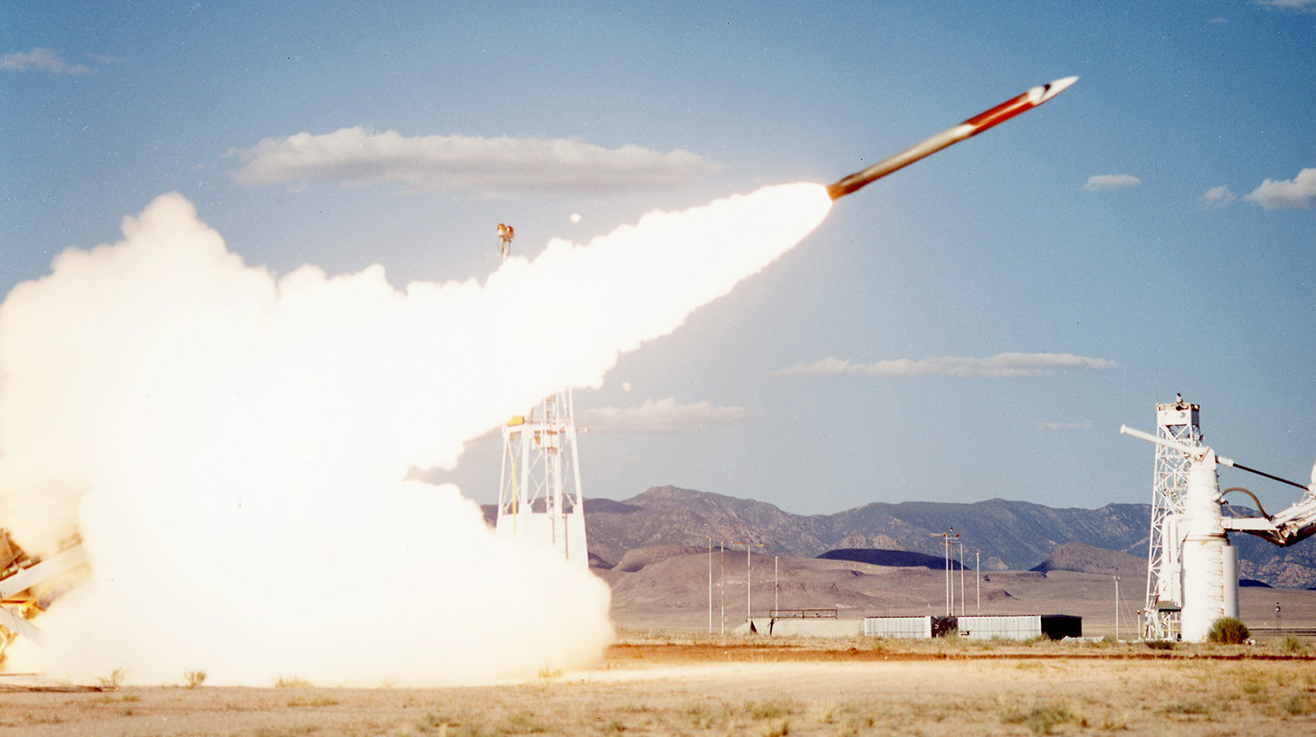Environmental Management (EM) has fulfilled a key part of its mission in Nevada, completing remediation activities on and around the historic Tonopah Test Range (TTR) and conveying 70 sites into long-term stewardship.
Under Secretary for Science Paul Dabbar joined other U.S. Department of Energy (DOE) and National Nuclear Security Administration (NNSA) representatives on Oct. 20 to celebrate the transfer of the sites from EM to the Department’s Office of Legacy Management (LM).
The accomplishment, completed in less than half the time initially estimated, was among EM’s 2020 priorities.
Representatives from the EM Nevada Program, LM, and the NNSA Nevada Field Office (NFO) took part in marking the occasion.
“The successful transfer of these TTR sites, well ahead of schedule, represents the fulfillment of a key strategic vision priority for the Department,” Dabbar said. “Not only does this accomplishment advance one of our missions to reduce the EM complex footprint, it also demonstrates our continued commitment to bringing projects to end states quickly and efficiently, while maintaining safety and security.”

The transfer of the 70 sites to LM was completed 10 years ahead of schedule. As a result of the expedited timeline, EM avoided $2 million in costs associated with post-closure monitoring. The TTR sites were also among the dozens of surface locations remediated by the EM Nevada Program as part of its overall soils sites cleanup mission, which was successfully completed six years earlier than planned in late 2019, saving nearly $67 million in federal funding.
Prior to the transfer to LM, EM Nevada completed cleanup activities at sites on and around TTR where contamination had resulted from historic nuclear weapons testing and support activities.
The Atomic Energy Commission, predecessor to DOE, began testing weapons systems, research rockets, and artillery on the TTR in 1956. These tests included transportation experiments to determine if nuclear weapons could be accidentally set off and produce a nuclear yield.
As part of the remediation process, contaminated soil and debris from these sites were transported to the Nevada National Security Site (NNSS) for permanent disposal. Upon completion of the cleanup, the remediated sites were identified to be transferred to LM for long-term maintenance in perpetuity.

“In partnership with the Office of Legacy Management and our lead environmental program services contractor, Navarro Research and Engineering, the EM Nevada Program is proud to have completed the transfer of these sites for safe and secure long-term stewardship,” EM Nevada Program Manager Rob Boehlecke said. “Completed in a matter of months instead of years, this major milestone supports our federal cleanup mission and shows firsthand what can be accomplished when a dedicated team works together to accomplish a goal.”
Transitioning the sites from EM to LM involved more than 100 unique actions across 10 key focus areas, including the coordination of stakeholder commitments, the transmission of more than 7,200 documents and records, and the identification and transfer of existing infrastructure, such as fences and monuments.
“We commend the EM Nevada Program for their outstanding work, and we are excited to add TTR to our portfolio of legacy sites that played a critical role in America’s nuclear history. LM is committed to the protection of human health and the environment and to transparent communication with our communities,” LM Site Manager Ken Kreie said. “We look forward to carrying on the great work at this site to ensure public and environmental safety for generations to come.”
The transfer was officially executed on Sept. 30. Navarro Research and Engineering supported EM Nevada and LM in administering the transfer process, with additional coordination from NNSA/NFO and Mission Support and Test Services, the management and operations contractor at NNSS.
Click here for more information on EM and LM work at TTR.


